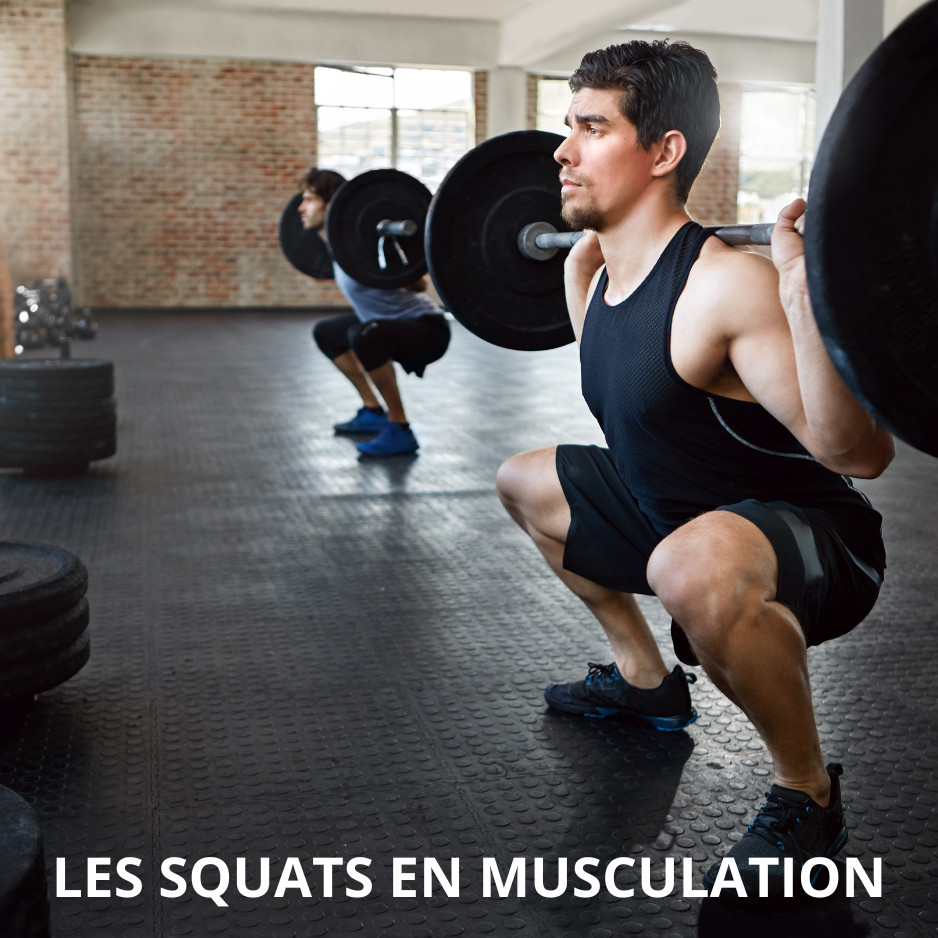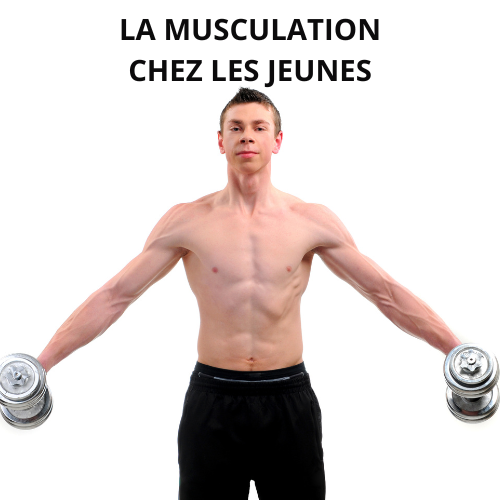Discover the 2022 key figures for Sport in France (2023)
Discover the 2022 key figures for sport in France . Are we really a country where the sporting culture is strong? Objectively, the answer is negative. In Anglo-Saxon countries, among our German neighbors or in most Eastern countries, sport (as well as cultural activities), particularly during schooling, has much more importance. However, in France, physical and sporting activities are not absent, and have even tended to develop over the last ten years, and present a very great diversity of forms. They can in particular be practiced freely and autonomously or supervised within associative clubs or private commercial structures (sports halls for example). It is also this increase in sports practice that convinced us to relaunch the Stimium brand.
In 2022, more than 65% of individuals aged 15 and over have practiced sport at least once a year and just over a quarter have only practiced one activity. There are even nearly 40% of participants aged 15 or over who declared a sporting activity at least four times a week.
What are the most practiced sports and activities?
Running and walking, gym activities and gymnastics, swimming and cycling are the three sporting activities practiced by the greatest number of people. These activities correspond very well to our users at Stimium, both for the endurance range and for the bodybuilding range.

More than half of fitness and jogging enthusiasts engage in their activity at least twice a week, compared to only 27% for football and 13% for tennis. It is true that running can be done very freely, just as fitness will mainly be practiced indoors.
What are the motivations for practicing sports?
Health and relaxation are the primary motivations for practicing sports. Again, this reassures us at Stimium in the choice we have made to highlight our pharmaceutical expertise, and therefore to develop our health range.

Lack of taste for sport, then health problems, constitute the first obstacles to practicing sport, regardless of age.
In 2022, nearly one in two practitioners declare at least one sporting activity as being supervised, that is to say carried out in a structure, club, association, with or without a license. A quarter of practitioners declare at least one of them to be fired.
A third of practitioners join a sports club. They are one in two among tennis or football players. In 2022, approved sports federations have issued more than 16 million licenses. Those under 20 hold the largest share of sports licenses. Nearly 3 million additional sports licenses have been issued since 2000, a growth faster than that of the French population.
On average, there is one sports license issued for every four inhabitants, but the licenses are unevenly distributed across the territory. The single-sport federations in charge of football, tennis and equestrian are those which issue the greatest number of licenses. Football remains the king sport in France since in 2022, one in eight licenses has been issued within the French football federation and things should not change immediately with the successful World Cup by the French team.
Sports practice between women and men
In 2022, more than 60% of women practiced at least one sporting activity during the year compared to 70% of men. The practice is also more frequent among the latter. Women favor fitness and gymnastics activities while men favor cycling or motorized sports. Women practice sport more supervised or in clubs, but fewer of them participate in tournaments or competitions or have a license. Sporting activity is primarily practiced for health reasons for both men and women, to simplify, the older we get, the more we maintain ourselves, both men and women, and sport becomes as much a leisure activity as a way to talk.
More women say they want to improve their physical appearance and their shape, while fewer of them do so for competition or risk.
The French equestrian federation is the one which issues the greatest number of licenses to women, ahead of the federations in charge of tennis and gymnastics. The French football federation, then the French tennis federation, are those which issue the greatest number of licenses to men.
Licensed sports practice is gradually becoming more feminine. From a third in the year 2000, the share of licenses issued to women now exceeds 40%, women are more and more present. Of all the 88 single-sport federations, women are in the majority in only nine federations, including equestrian (more than 80% women) and gymnastics (even more than 80% women)
Children and Sport
In 2022, more than 6 million licenses have been issued to children, or around 40% of all licenses. These are almost exclusively licenses issued to children aged 10 to 14 (a quarter of all licenses issued) or to children aged 5 to 9 (15%). Among these, more than 2 million licenses have been issued by school multi-sport federations (UGSEL, UNSS and USEP).
Unsurprisingly, football, then tennis and judo are the federations which bring together the greatest number of licensees aged under 15. Gymnastics and swimming attract younger people (respectively 1st and 2nd federation in terms of the number of licenses issued for 0-4 year olds, gymnastics being the 4th federation for 5-9 year olds).
Sport among Seniors
Sports practice remains the majority among seniors. Nearly 60% of those aged 50 or over have participated in a sporting activity in the last twelve months and there are still one in two from the age of 70. Senior sports practice is not very diversified, especially for seniors aged 70 or over. Two thirds of seniors practicing a sporting activity do so at least twice a week, but practice is more regular for younger seniors (50-69 years old).
The activities favored by seniors are running and walking (around 40%), far ahead of fitness and gymnastics activities (15%) and aquatic and nautical sports (13%).
For seniors, playing sport is above all a matter of health (for a third of practitioners). For those aged 70 or over, this motivation is even mentioned by around 40% of practitioners. As for the general population, the lack of taste for sport and then health problems constitute the first obstacles to the practice of sport among seniors. For those aged 70 or over, it is above all health problems which explain the absence of sporting activity.
Licensed sports practice concerns a little less than one in five practicing seniors. In 2022, three million licenses will be issued to seniors, or around 20% of all licenses. The French golf, hiking and pétanque federations are those having issued the greatest number of licenses to seniors.
Where do we play sports?
The sport is first practiced outdoors and in a natural environment in more than a third of cases, then in a sports facility in a little less than a third of cases. In France, there are approximately around 310,000 sports facilities, sites and outdoor sports areas throughout France: the majority were outdoor facilities and small fields with free access or collective practice rooms.

One in two aquatic pools is covered, but only one in six tennis courts. Half of the aquatic pools and tennis courts have a convivial space, the famous club house. This is also the case for a third of collective practice rooms. A more worrying figure is that more than 60% of sports equipment excluding outdoor sports equipment was put into service before 1995, even if around a third of these have been renovated since 1995. It is to be hoped that new equipment can be developed , to continue to democratize sport, even if certain structures can consume more energy than others (swimming pool or ice rink) and could be less trendy soon.
In France, there are 46 sports facilities, sites and outdoor sports areas per 10,000 inhabitants, within the low European average.
High level sport
High-level sport represents sporting excellence. It is governed by various legislative and regulatory texts as well as the high-level sports charter. It differs from professional sport which designates, depending on the sporting disciplines, either a branch of federal sport (for example, basketball or football), or athletes living on income from their sporting practice outside a federal framework ( for example, golf or tennis).
At the end of 2021, around 15,000 athletes linked to high-level sport (including hopeful and national team athletes) are registered on the lists of the ministry responsible for sports. Half of the athletes linked to high-level sport, identified at the end of 2021, are part of the Hopes category.
Since the 1990s, the distribution between men and women has tended towards more parity for athletes linked to high-level sport. There are nearly 1,100 federal performance project training structures at the end of 2021, including 750 accession structures and 320 excellence structures.
To support all these athletes, amateurs or high level, Stimium Laboratories provide healthy, quality products to allow them to improve and take care of their health.







